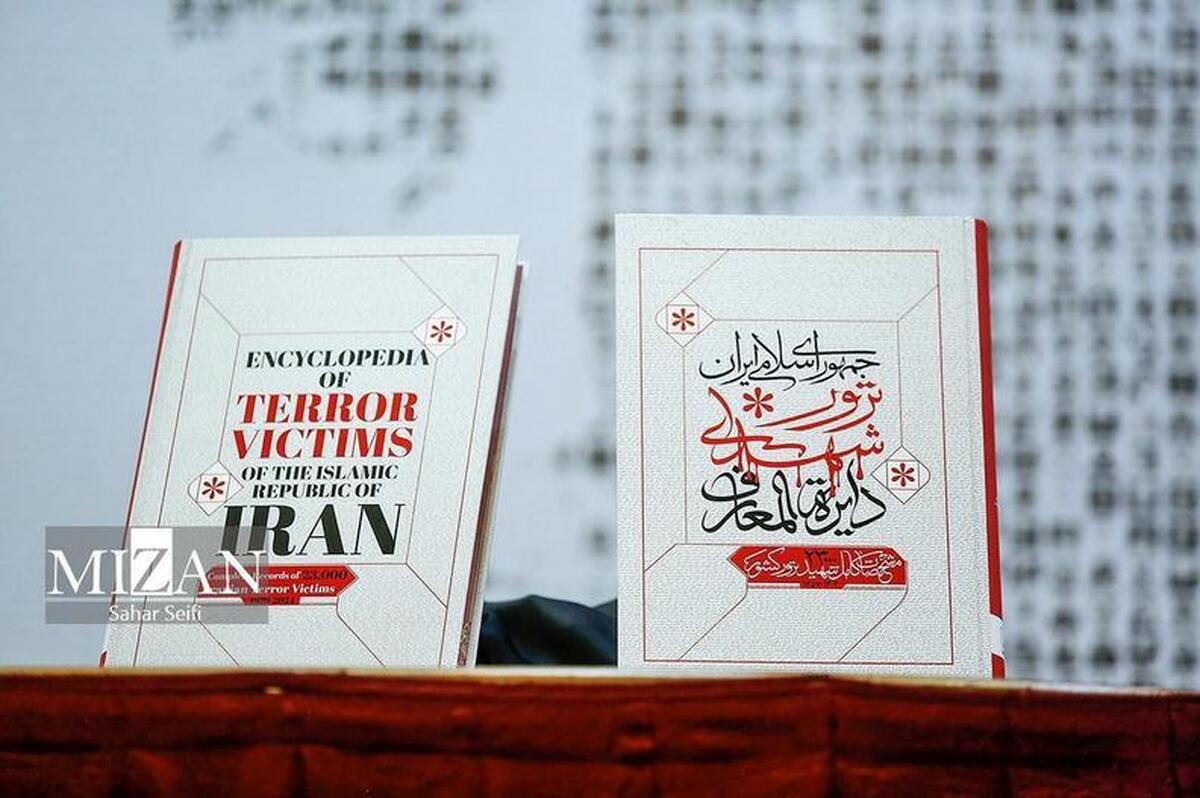Strengthening Iran's targeted steps in the fight against terrorism

Iran is one of the biggest victims of terrorism in the region and even the world, and since the first days of the victory of the Islamic Revolution, it has been involved in violent acts by terrorist groups, and many Iranian citizens in different parts of the country have been victims of such attacks.
The expulsion of terrorist organizations and their leaders from Iran and our nation's victory in the hard and unrelenting war against terrorism are what set apart the early years of assassinations and terrorist attacks from the years that followed. With the approval of Western governments, these groups' organizations relocated to their homeland after leaving the country. Western governments are aware of the violent and terrorist nature of these anti-Iranian groups, as evidenced by the dozens of documents and reports that have been published by various official institutions in these countries.
Iran is regarded as the primary actor in the fight against this deadly and sinister phenomenon, despite being the largest victim of terrorism worldwide. Over the past few decades, Iran has persisted in its efforts to fight terrorism through a variety of international collaborations as well as domestic and international legal and judicial initiatives.
One of the requirements for this battle is accurate identification and awareness of both terrorist victims and terrorist offenders. This is because such knowledge and awareness can clarify the course of the fight and increase the documentation and credibility of the evidence used to pursue the rights of victims and survivors and hold terrorist offenders accountable.
In this context, a recent ceremony was held to unveil the Encyclopedia of 23,000 Martyrs of Terror in the Country.
At this ceremony, the Secretary General of the Habilian Foundation stated that in 2011, the first version of the Encyclopedia of Martyrs of Terror in the Country, which included more than 17,000 martyrs of terror, was unveiled for the first time.
He said: This list has in fact become an important and valuable support for the diplomatic, legal, and judicial institutions of the country and a place of reference and exploitation for researchers, activists, and various strata. At the same time, more than a decade has passed since the publication of the first version and, unfortunately, the increase in the number of martyrs of terror during this period has made the need to update this list seriously felt. For this reason, after spending almost 3 years to collect data from various official sources in the country, including systems, data from various institutions, as well as the press and research sources, and to scrutinize and research them, the new and updated version of the country's martyrs of terror, which includes 23,000 martyrs of terror, was presented and unveiled with the aim of preserving these martyrs and exploiting various institutions and research and investigation communities in the country and human rights activists.
Hasheminejad also said: Although the encyclopedia of the country's martyrs of terror was updated, the reality is that with the help of the people's cooperation, unbridled terror began to decline in the early years of the revolution, that is, from 1984, which should be considered the result of this cooperation, unity, empathy, mutual trust, and strengthening the foundations of the country's political system.

In his speech at the ceremony, Kazem Gharibabadi, Deputy Minister of Legal and International Affairs of the Ministry of Foreign Affairs also referred to the updated list of martyrs of terror and said: The unveiling of the updated list of victims and martyrs of terror in the Islamic Republic on the anniversary of the cowardly assassination of the example of resistance and the fight against terrorism, martyr Qassem Soleimani, is a valuable opportunity to pay tribute to all victims of terror, heroes of the fight against terrorism, and their survivors.
He emphasized: The martyrs who, with their sacrifice in various domestic, regional, and international arenas, have brought security, stability, national pride, and honor to Iran, Iranians, and the people of the region; I hope that with joint efforts, a day will come when no country will witness terrorism-based violence.
The most important features of the updated encyclopedia of the country's martyrs of terror include the following:
- · Regardless of the sources used in the collection, verification, and research of data, examining the martyrdom records of each martyr of the country since the beginning of the Islamic Revolution to distinguish martyrs of terror from other martyrs has been one of the steps taken in the updating process.
- · Including the national code of all martyrs next to the name of each of them has made it possible for the audience and individuals to have a reliable document.
- · Another feature of this work is its up-to-dateness; the names of this year's martyrs have been included in this encyclopedia.
- · The method of assassination and martyrdom of these individuals and their occupations are also included in this list.
- · In part of this encyclopedia, a list of groups that have played a direct role in the assassination of Iranian citizens since the beginning of the revolution has been mentioned.
Collecting information about the innocent martyrs of terror, which is considered evidence of the violation of the human rights of Iranian citizens, in addition to keeping their names and memories alive, is an initial step towards realizing the rights of the families of terror victims.